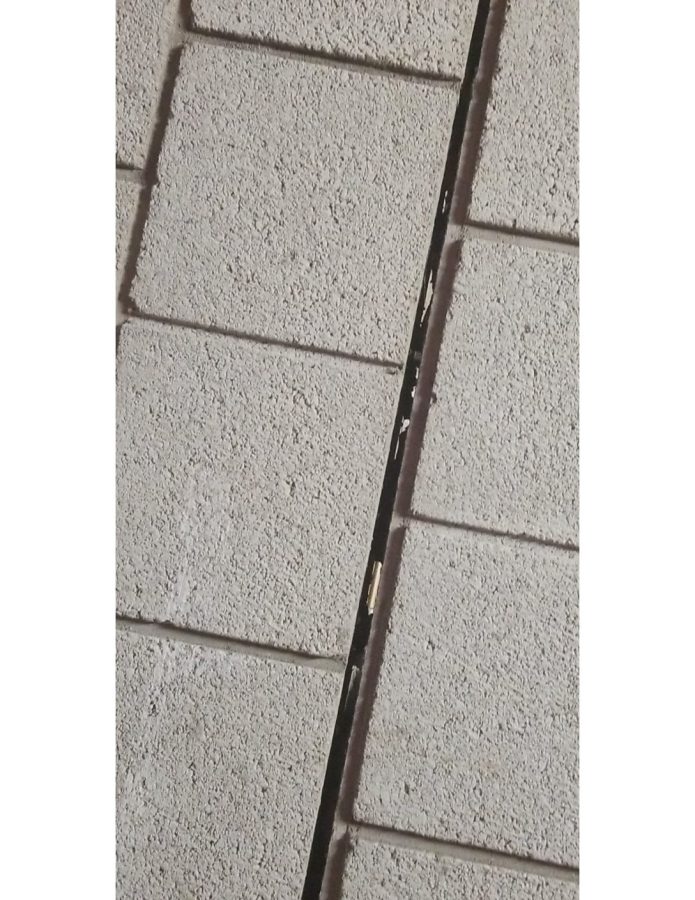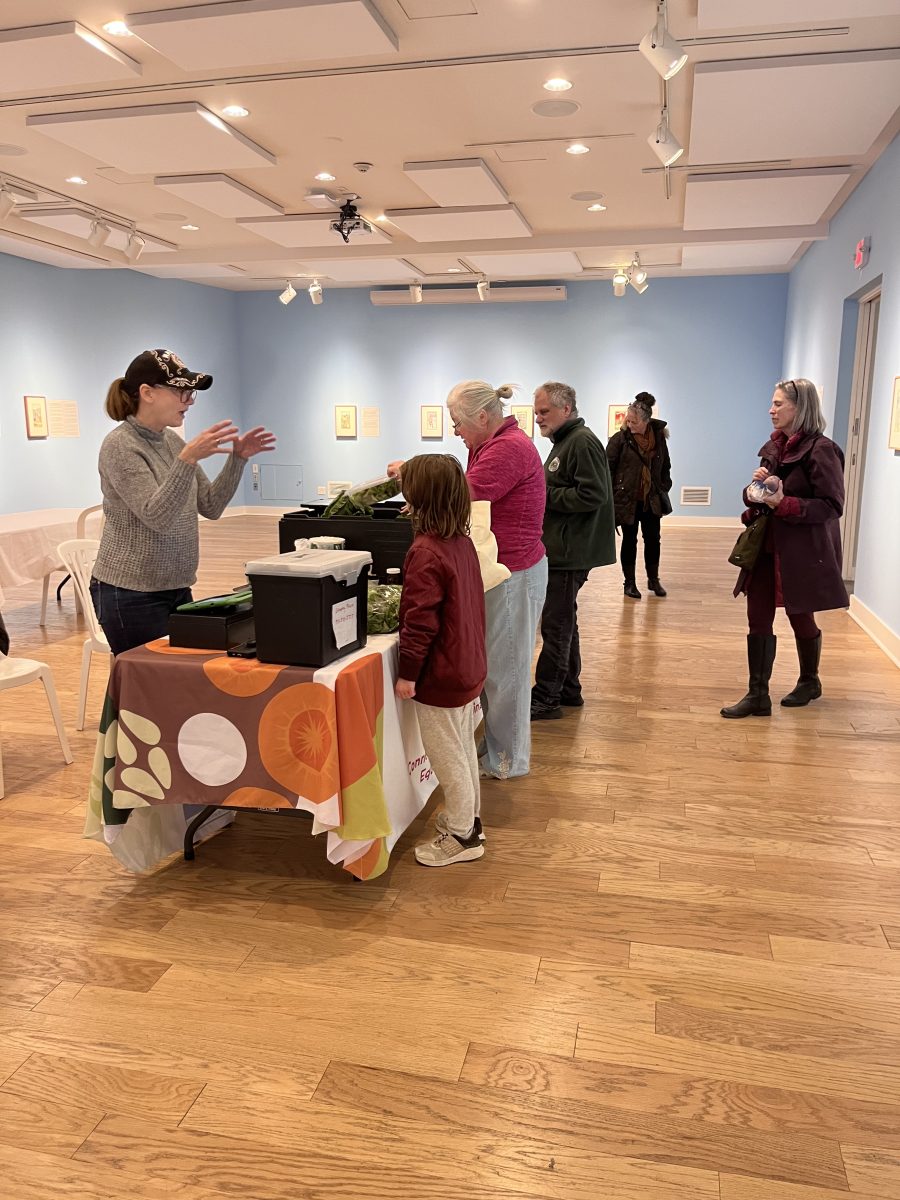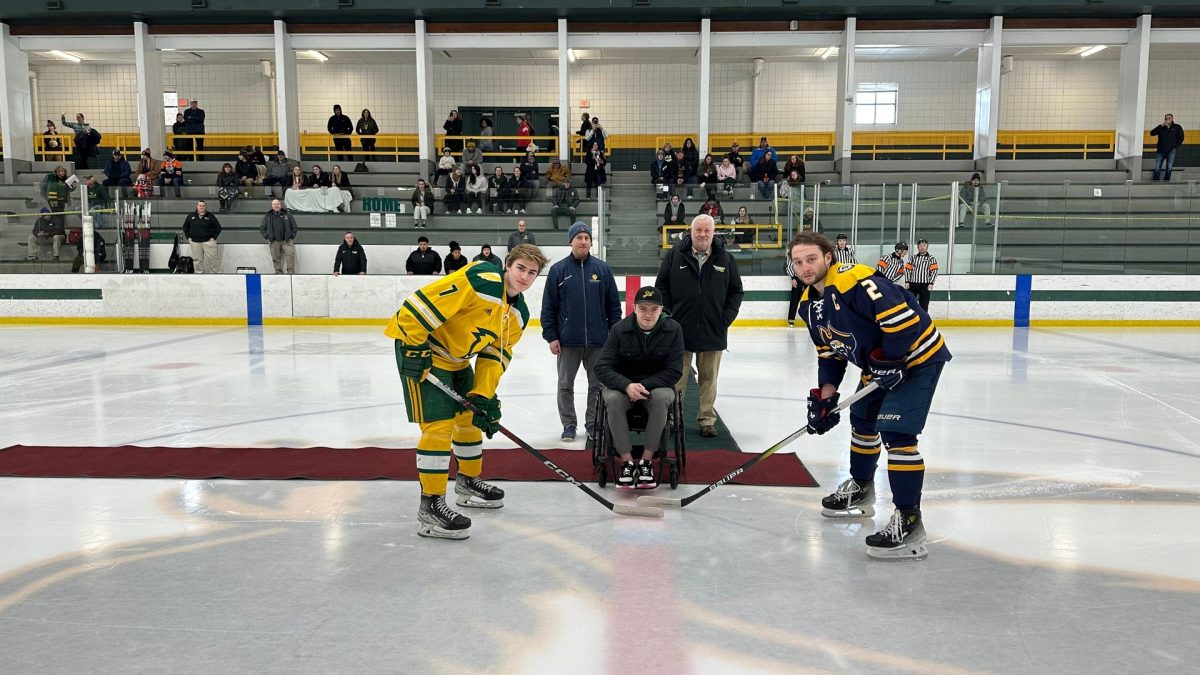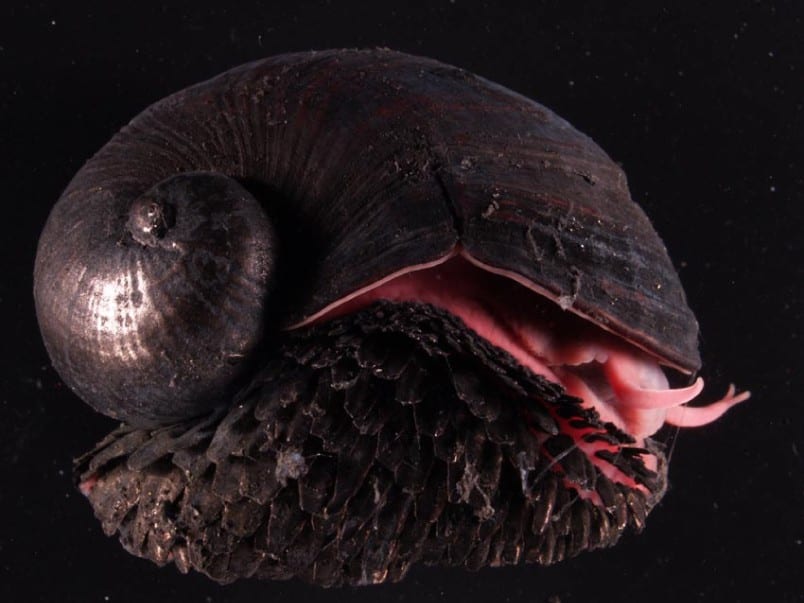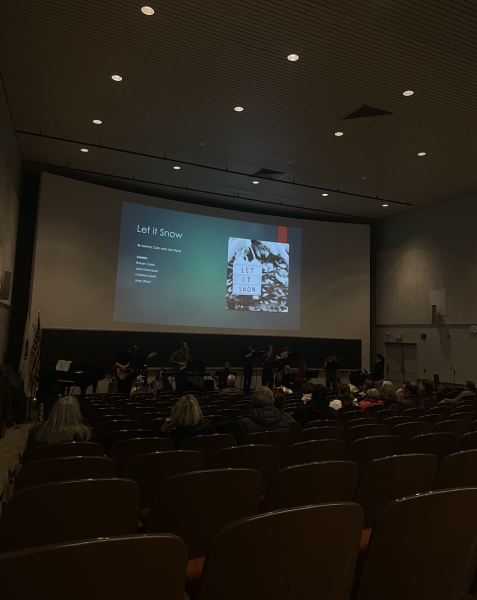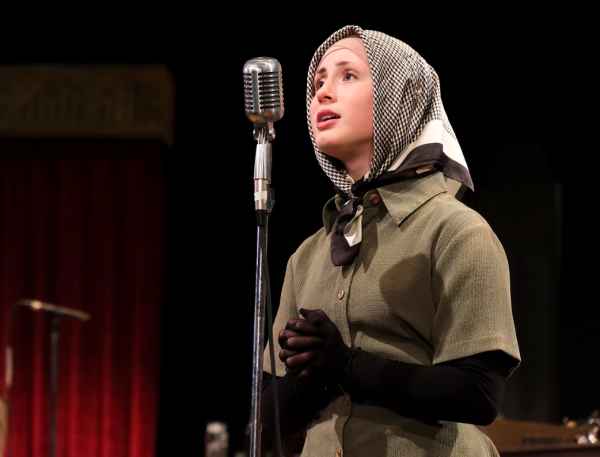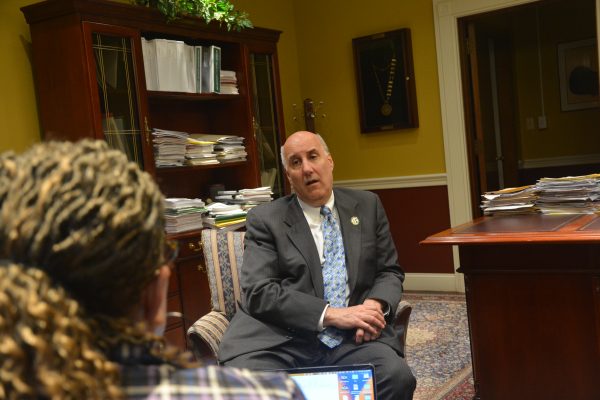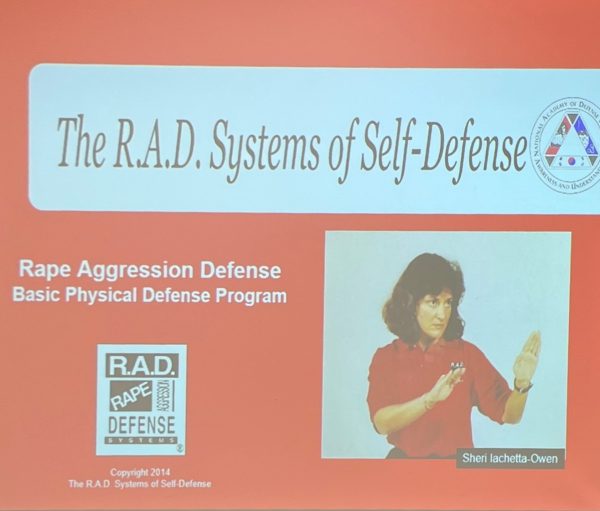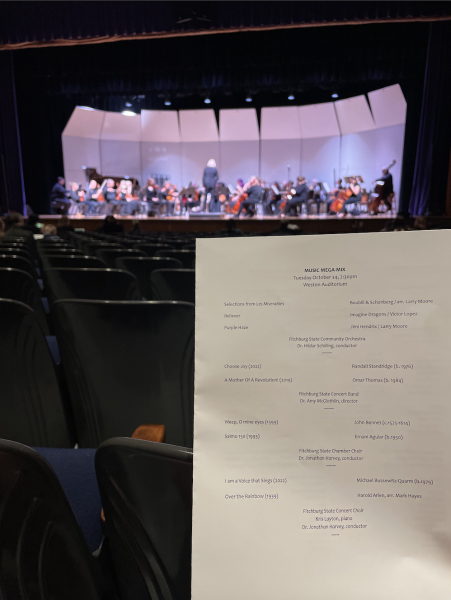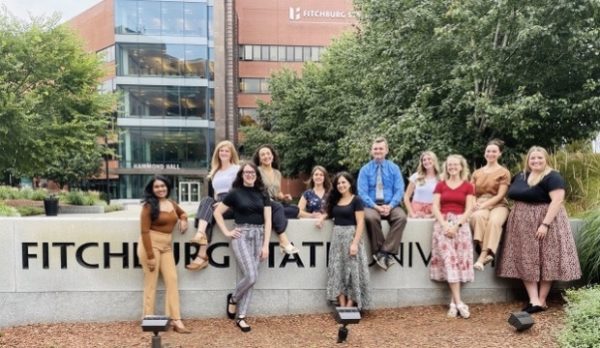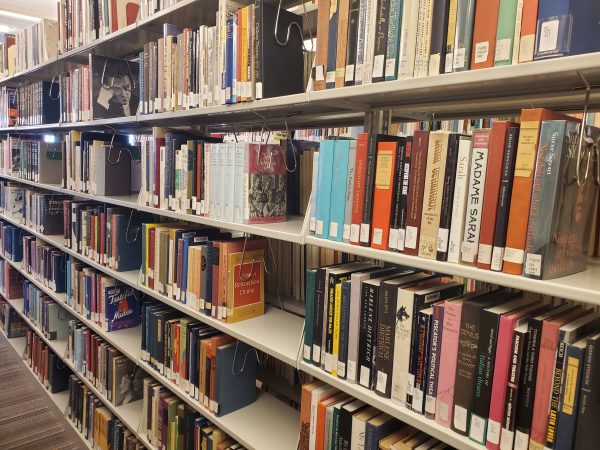Conlon Hall: A Cause for Concern?
April 14, 2022
In April of 2021, faculty of Conlon Hall met with the President of Fitchburg State University, Richard S. Lapidus, to talk about various safety concerns in the building, including air quality and structural viability.
Rala Diakite, President of Fitchburg State’s faculty union, says that “[Conlon Hall] has had renovations, but not deep, structural renovations like some other buildings have. It is an older building with some issues.” Conlon Hall was built in 1975, according to Jay Bry, Vice President of the university’s Finance and Administration Department.
In July of 2021, the union employed a team of “environmental workplace safety engineers” from the Massachusetts Teacher’s Association to test 13 rooms in Conlon Hall to make sure that ventilation meets certain standards set by the American Society of Heating, Refrigerating, and Air-Conditioning Engineers. 10 of 13 of the tested rooms did not meet these standards.
“These are standards, not laws.” Diakite notes. “They need four complete air changes per hour. We didn’t seem to have that in a lot of the rooms.”
Air purifiers have since been installed in the rooms that failed testing.
“Ventilation is a serious workplace issue, it can really, over the long term, have effects on health. It’s our belief that the state universities should have healthy buildings for students to enjoy while they’re studying, for faculty and staff to work in.” Diakite stresses the importance of this issue, especially in the age of COVID-19. The union continues to advocate for the installation of higher-quality air filtration.
The question of Conlon Hall’s structural integrity comes from physical cracks in the walls of the building. According to Jay Bry, the cracks are not new. Some may have been there for nearly two decades, as a result of standard foundational settling.
From 2005-2008, Gale Associates, Inc. worked with Fitchburg State University to conduct a campus-wide structural study. The firm found “no indication of on-going settlement that affects the structural integrity of [Conlon Hall].”
Bry stands by the result of this study, and asserts that “the cracks may be unsightly, but do not compromise the safety of the building.”
Despite this, Bry and the administration department aim to affirm the results of the 2008 study. “The slabs are being reviewed because voids were observed in an isolated area below the slabs.” Bry also assures that these ‘voids’ pose no risk to Conlon Hall’s structural integrity.”
A new study was conducted in January, and the Union is in the process of reviewing the recently released results as of the writing of this article.
A deeper renovation may also be in Conlon Hall’s future. Jay Bry notes that “the university’s Office of Capital Planning and Maintenance has been working with the academic departments housed in Conlon … to complete a programming space study.”
Bry says that this is in order to prepare a request for funding from the state, and that “Conlon is also being considered for inclusion in an upcoming deferred maintenance program from the state.” Bry also notes that cracks have been, and will continue to be, repaired through renovation.
Diakite gives some credit to administration, and says that “sometime after April, [administration] sent us an architectural firm who interviewed members of all the departments, asking them what they’d like to see in future renovations.” She then notes that administration never gave the union a good idea of when this renovation might happen.


